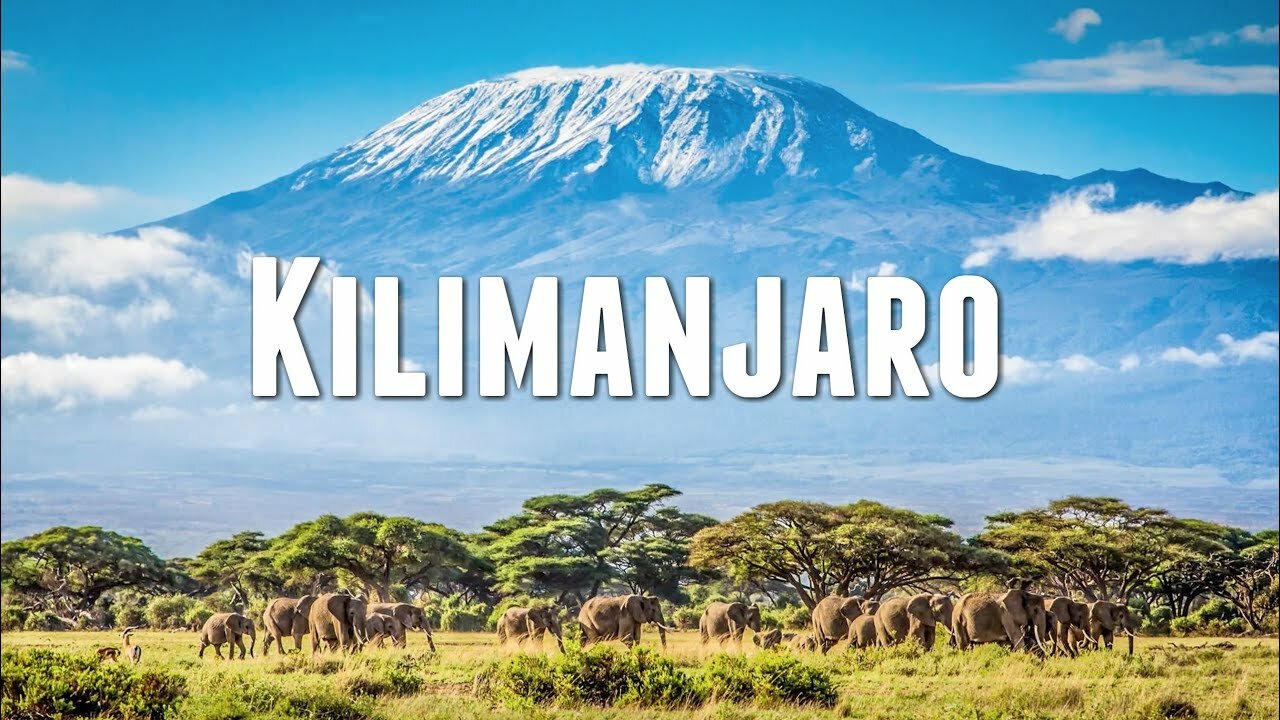Africa is the second largest continent covering 11.7 million square miles (30.3 million sq. km) accounting for 20% of the world’s land area. Although Africa is home to the only remaining original member of the 7 Wonders of the World, it is often most frequently associated with the world of wildlife. The continent has 16,000 miles (26,000 km) of coastline. Africa has the world’s largest combination of density, population and variety of free roaming wild animals. The continent also has the largest collection of carnivores with the lion truly serving as the king of beasts. Africa is home to the Big 7 which includes the: lion, leopard, crocodile, elephant, rhinoceros, hippopotamus, and the lowland gorilla. Africa has over 3,000 protected areas and some of these are home to the continent’s wonders of nature.
Victoria Falls
Victoria Falls is one of the Seven Natural Wonders of the World. Statistically speaking, it is the largest waterfall in the world. This recognition comes from combining the height and width together to create the largest single sheet of flowing water. Victoria Falls is located on the border between Zambia and Zimbabwe, and travelers can access the falls through either Livingstone, Zambia or Victoria Falls, Zimbabwe. The falls are also close to the border of Botswana. The Zambezi River, which originates in northern Zambia, serves as the fall’s water source.
Fisher River Kanyon
The Fish River Canyon is located in Namibia. This enormous ravine and canyon stretches 100 miles (160 km) in length and reaches a width of 16.7 miles (27 km) wide creating Africa’s largest canyon. The Fish River Canyon has a depth that reaches a height of 1,804 feet (550 m). The river water is seasonal flowing in full during the later summer while the remainder of the year seeing the river become more like chains of pools.
Mount Kilimanjaro
Mount Kilimanjaro is the tallest mountain in Africa and the tallest free standing mountain in the world. Reaching a height of 19,340 feet (5,895 m), it is one of the largest stratovolcanoes in the world.
Mount Kilimanjaro is a composite volcano that is comprised of layers of lava, tephra, and volcanic ash. It is currently inactive with no known history of eruptions. There are seven distinctive peaks on the mountain with Uhuru Peak accounting for the highest elevation and true summit of the mountain.
Ngorongoro Crater
Ngorongoro Crater is the world’s largest unbroken caldera in the world. It is often referred to as “Africa’s Garden of Eden,” and affectionately described as a fish bowl of wildlife. The crater is home to over 30,000 animals including the lion, leopard, rhinoceros, elephant, and hippopotamus of the Big 7. Ngorongoro Crater extends 12 miles (19 km) across in a fairly consistent circumference. It accounts for 102 square miles (264 sq. km) of wilderness and accounts. Additional wildlife calling the crater home include hyenas, zebra, eland, wildebeest, impala, cheetah, and buffalos.
Nile River
The Nile River was officially declared as one of the 7 Natural Wonders of Africa February 11, 2013 in Arusha, Tanzania. Votes were cast by experts from around the world who noted the key statistical significance. The Nile River is the longest river in the world stretching 4,132 miles (6,650 km) while crossing 10 countries in northern Africa.
Okavango Delta
The Okavango Deltas was officially declared as one of the 7 Natural Wonders of Africa February 11, 2013 in Arusha, Tanzania. Votes were cast by experts from around the world who noted the key statistical significance, uniqueness and splendor. Although there are two inland deltas in Africa that rival and possibly surpass Okavango Delta in size, they have been diminished with poaching and war. Okavango Delta is a protected area with an investment to protect the wildlife and her uniqueness for all to experience.
Sahara Desert
The Sahara Desert was officially declared as one of the 7 Natural Wonders of Africa February 11, 2013 in Arusha, Tanzania. Votes were cast by experts from around the world who noted the key statistical significance. Voters noted that the Sahara Desert is so much more than sand with many key facets of nature calling her home. Recognized as the largest dry desert in the world, this key statistic served as the leading draw for votes.
Serengeti Migration
The great Serengeti wildebeest migration is the movement of vast numbers of the Serengeti’s wildebeest, accompanied by large numbers of zebra, and smaller numbers of Grant’s gazelle, Thomson’s gazelle, eland and impala. These move in an annual pattern which is fairly predictable. They migrate throughout the year, constantly seeking fresh grazing and, it’s now thought, better quality water.
The precise timing of the Serengeti wildebeest migration is entirely dependent upon the rainfall patterns each year – here we explain how the broad pattern works.


